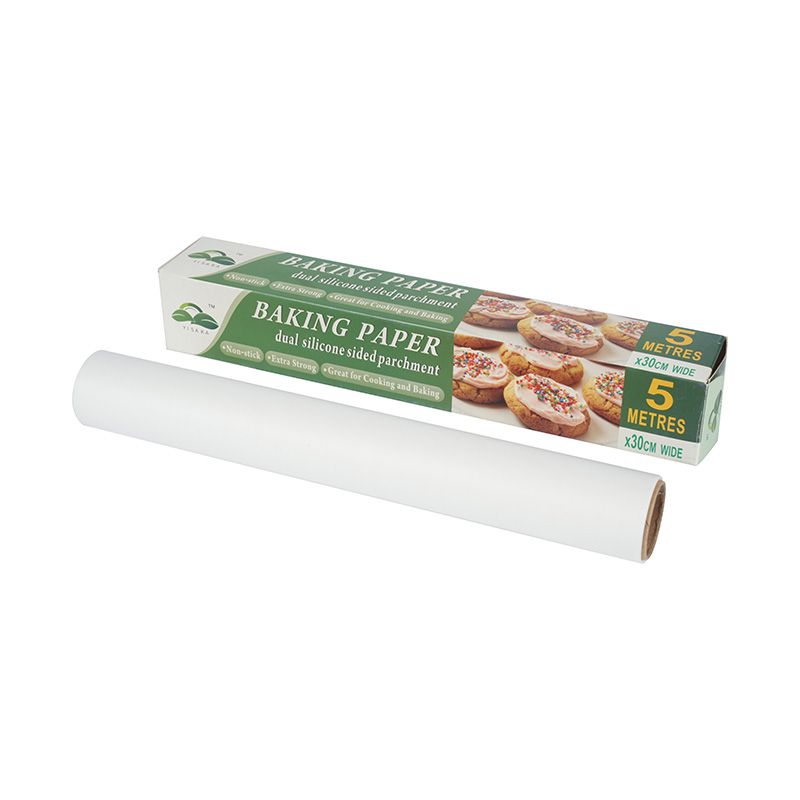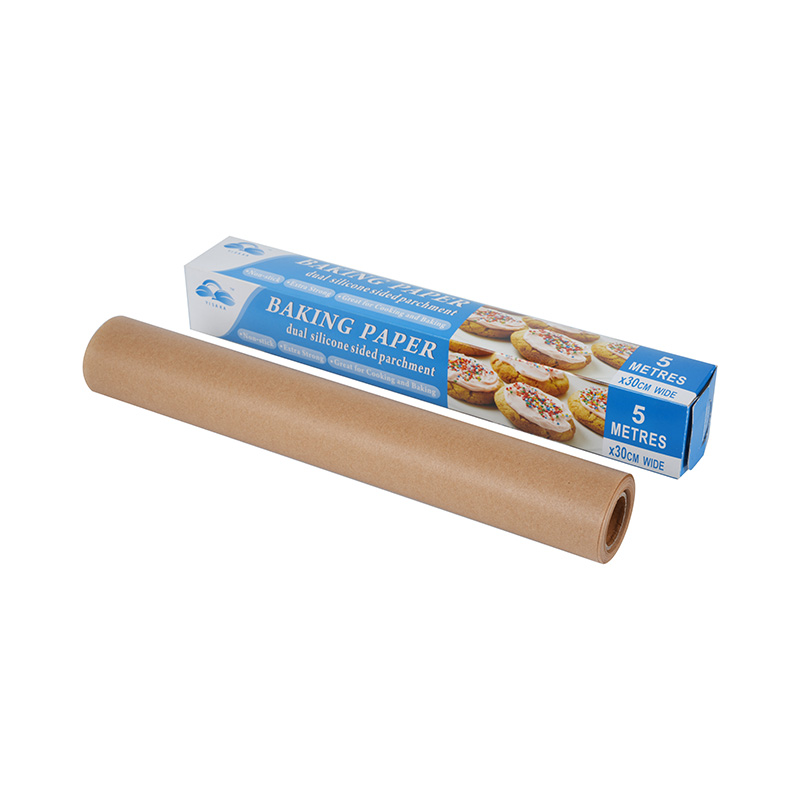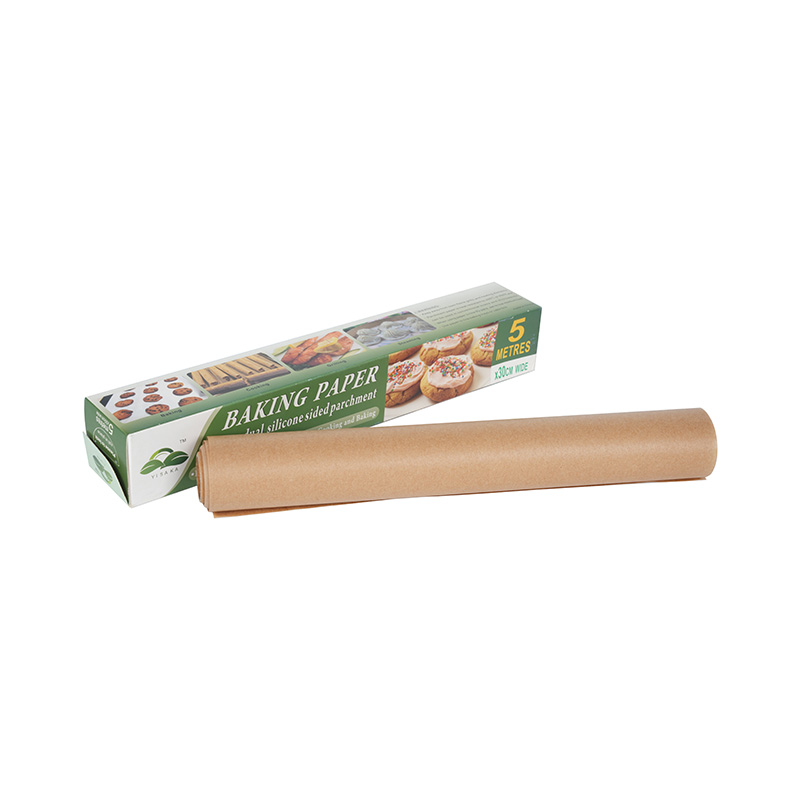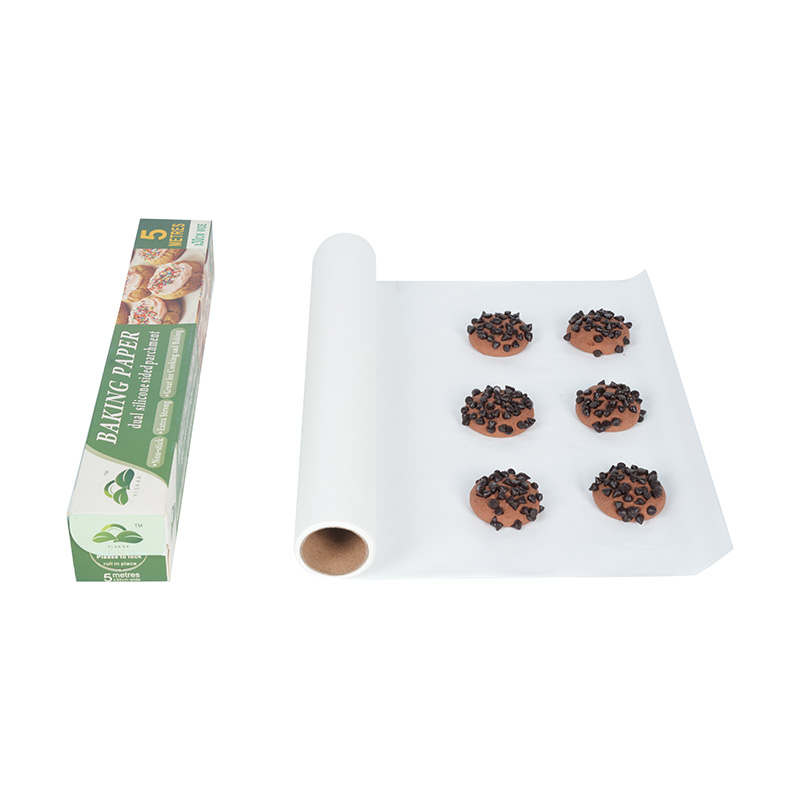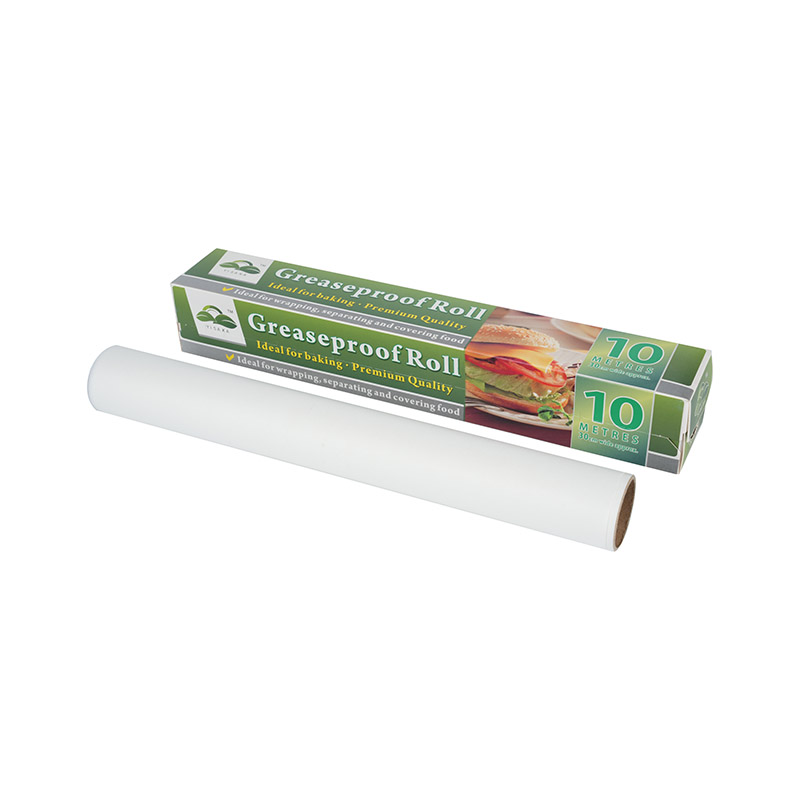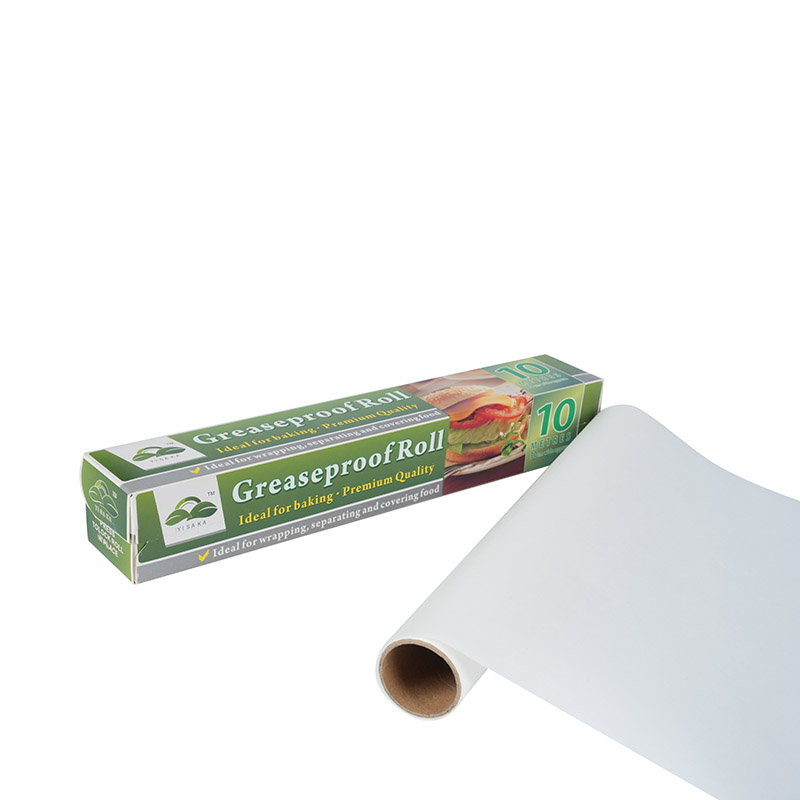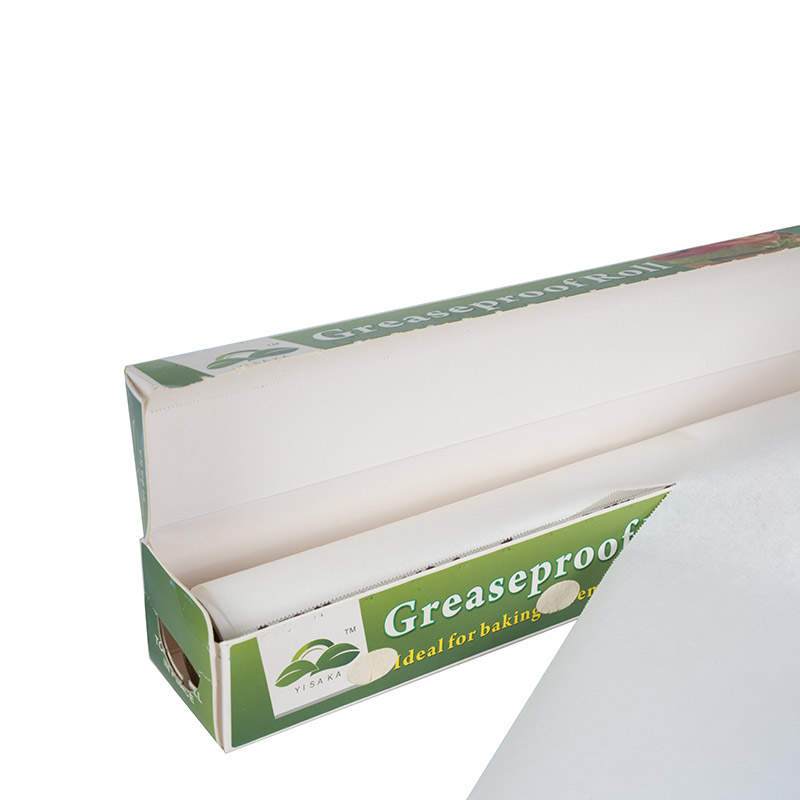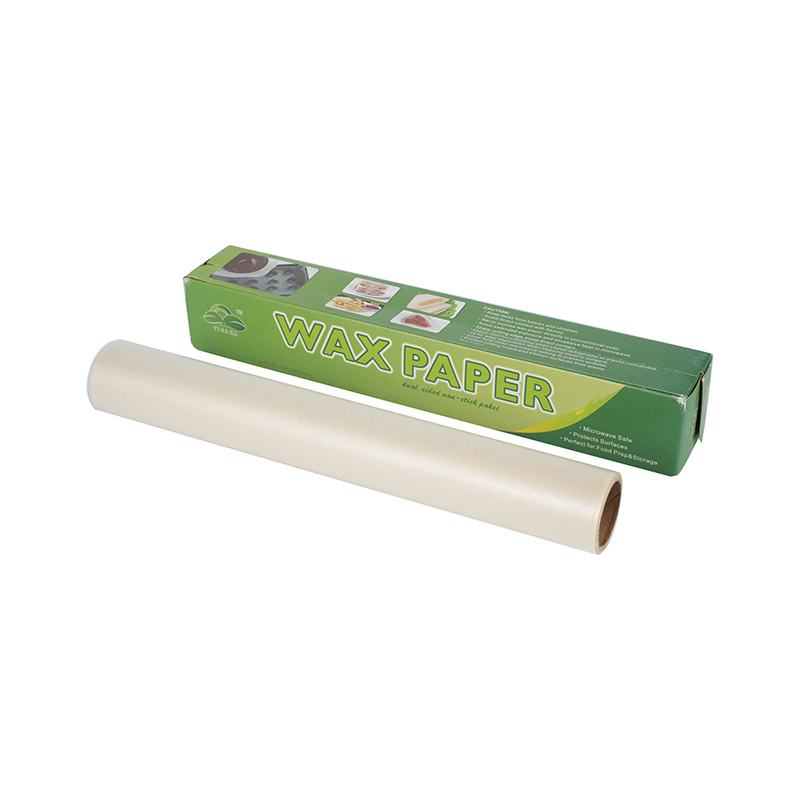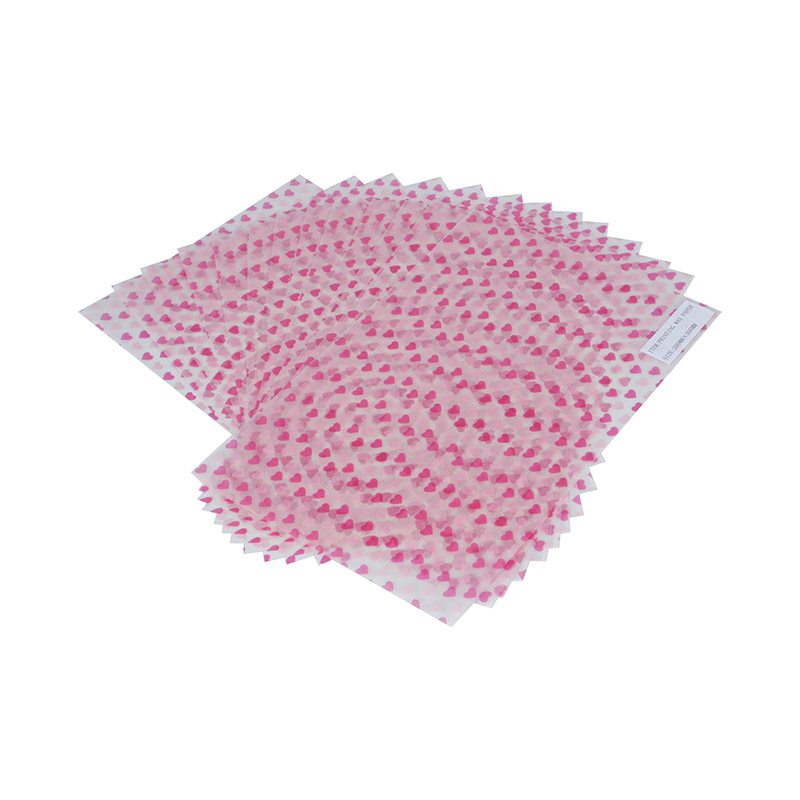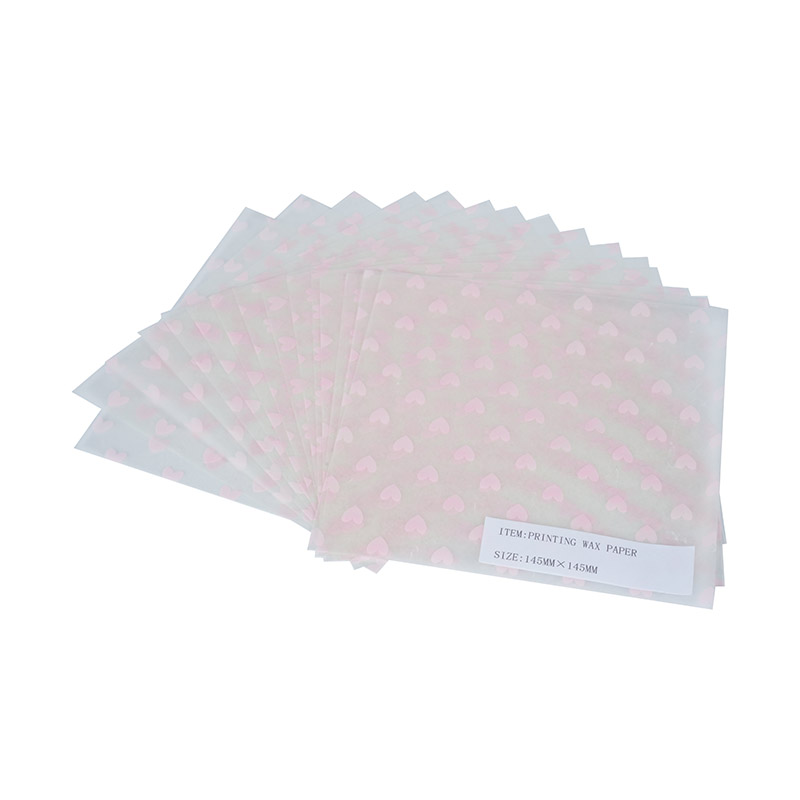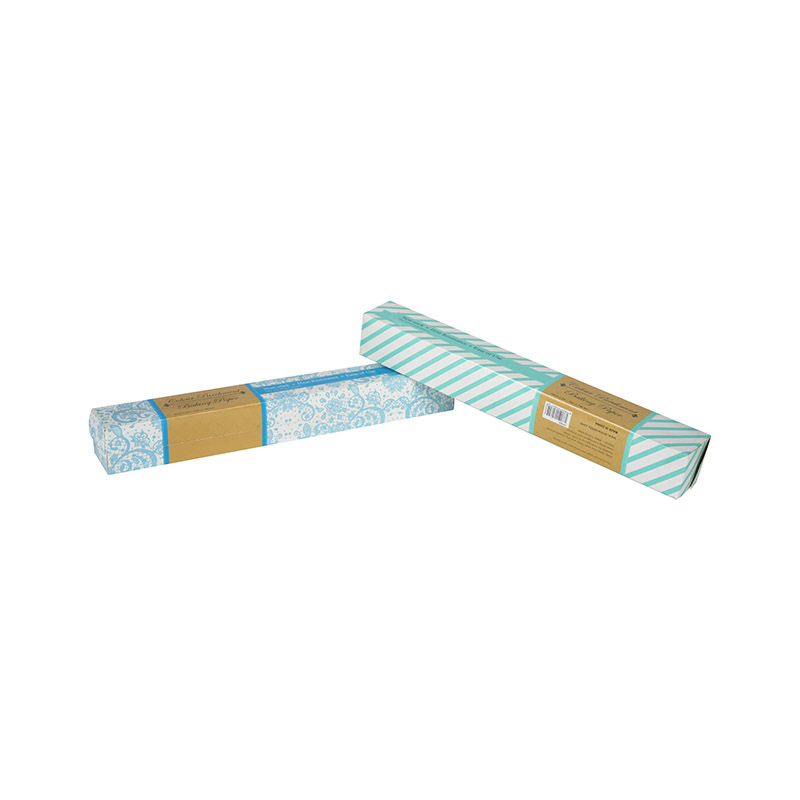In the grand orchestra of the culinary arts, where dramatic flourishes and complex techniques often take center stage, there are certain quiet, unassuming players that are utterly indispensable. Among them, a humble, yet powerful, tool stands out: baking paper. Often tucked away in a drawer, its role is rarely celebrated with the same fervor as a perfectly sharpened knife or a gleaming stand mixer, but its impact on the success and simplicity of countless dishes is undeniable.
What is Baking Paper?
At its core, baking paper, also known as parchment paper or bakery paper, is a cellulose-based sheet that has been treated to create a non-stick, heat-resistant, and grease-proof surface. The magic lies in this treatment, which typically involves a silicone coating. This silicone layer is what gives the paper its remarkable properties, preventing food from adhering to the pan and ensuring an effortless release.
A Culinary Swiss Army Knife
While its name suggests a primary use in baking, the versatility of baking paper extends far beyond the oven. Its non-stick properties make it a true kitchen multi-tool:
- For the Baker: This is where baking paper truly shines. Lining baking sheets with it is a standard practice for creating flawless cookies, biscuits, and pastries. It eliminates the need for greasing and flouring, saving time and ensuring uniform browning. For cakes, a circle of baking paper at the bottom of the pan guarantees a clean unmolding, a small detail that can make all the difference in a perfect presentation.
- Beyond the Oven: The utility of baking paper is not limited to sweet treats. It is a fantastic tool for savory dishes as well. When roasting vegetables, fish, or chicken, a sheet of baking paper prevents sticking and makes cleanup a breeze. It can also be used to create en papillote (in paper) packets, a classic French technique where food is sealed with herbs and spices inside a parchment parcel and steamed in its own juices, resulting in a tender and flavorful dish with minimal fat.
- Prep and Storage: Baking paper is excellent for separating layers of delicate foods, such as dough, filo pastry, or sliced cheese, to prevent them from sticking together. It can also be used to wrap sandwiches, store leftovers, or even line a microwave plate for easy cleaning.

The Science Behind the Success
The effectiveness of baking paper is rooted in its unique structure. The silicone coating, which is food-safe and inert, creates a low-friction surface that prevents chemical bonds from forming between the food and the pan. Unlike wax paper, which has a low melting point and can smoke or catch fire in a hot oven, baking paper is designed to withstand high temperatures, typically up to 450°F (232°C). This heat resistance makes it a reliable choice for a wide range of cooking applications.
A Sustainable Choice?
As environmental consciousness grows, the question of sustainability is increasingly relevant. While traditional baking paper is a single-use product, many manufacturers now offer unbleached, compostable, or even reusable options. Some brands use responsibly sourced pulp, and the silicone coating itself is a stable, non-toxic polymer. For the eco-minded cook, exploring these alternative products is a simple step towards a more sustainable kitchen.
Conclusion
Baking paper may not be the most glamorous tool in the kitchen, but its quiet competence and incredible versatility make it an essential component of both professional and home cooking. From preventing sticky messes to enabling elegant cooking techniques, its presence simplifies and elevates the culinary experience. So the next time you reach for that roll in the drawer, take a moment to appreciate this unsung hero—the foundation of countless perfect bakes and effortless meals.


 English
English русский
русский